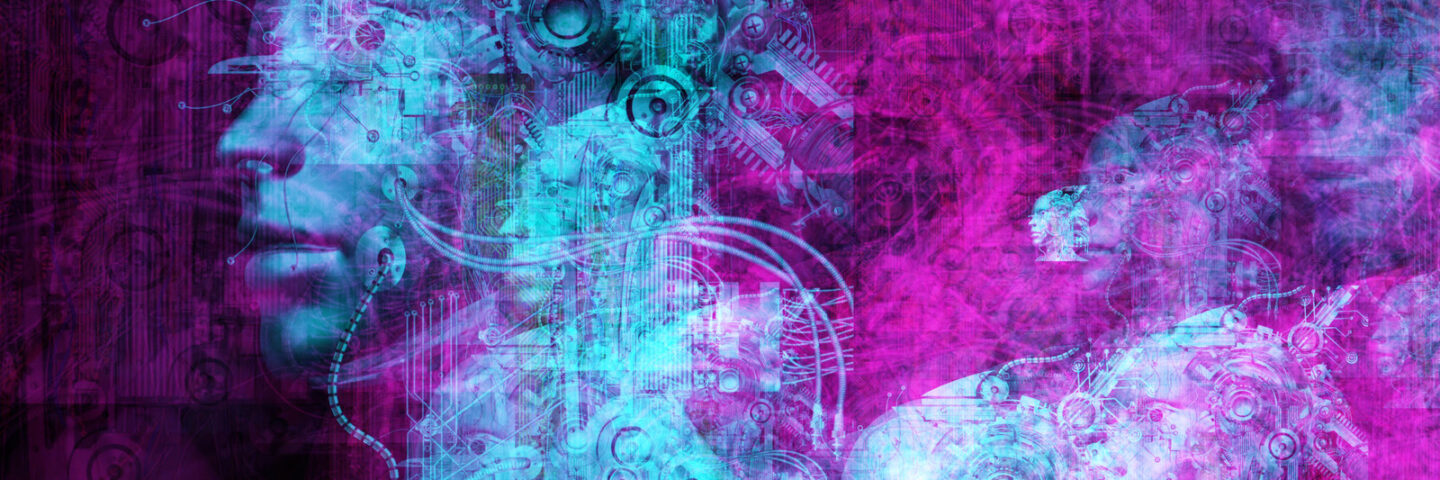I came across the word Imagineering for the first time this week, and it really resonated with me. So much so that I felt the need to share it in this blog post. The word is a combination of imagination and engineering all rolled into one. It means ‘to let your imagination soar and then engineer it down to earth’. I love this concept; as it supports the belief that we can manifest the reality we desire.
Belief Inspires Creativity
‘Brainstorming is IMAGINation enginEERING,’ Richard F. Sailer, engineer
The coining of the term Imagineering was linked to a number of different people throughout the late ’30s, ’40s and ’50s as they used creative approaches in engineering to help rebuild the then failing construction industry. But the term Imagineering and its definition as ‘the implementation of creative ideas in practical form’, captured the heart of Disney Enterprises, Inc., and in 1990 they trademarked the word. It’s now a well-known branding term within the name of Walt Disney Imagineering as they bring artists and engineers together to create the world of dreams.
‘See the future as the greatest opportunity,’ Marty Sklar, Walt Disney Imagineer
Belief in the ‘possibility of something’ really inspires creativity and gives the imagination the freedom to dream the dream. Once we dream it, we can design and build it.
Today we’re witnessing massive amounts of Imagineering as companies, and individuals, find creative and practical ways of supporting the NHS frontline workers during the coronavirus. Teachers and education providers are Imagineering surprising ways of ensuring our young people continue with their education. Imagineering is happening on a global scale as communities are finding new ways to thrive, and businesses are creating new ways to prosper.
The Brains Behind Imagineering
Imagineering is the bringing together of both left and right brain hemispheres. It’s where logic (engineer) meets with creativity (artist) and they work together harmoniously. At one time, it was believed that we use one side of our brain more than the other and that this influences our personality traits. It has long been believed that left-brained people are seen as logical and detail-oriented veering towards careers in engineering, accounting, or computer programming. In contrast, right-brained people are seen to be creative and thoughtful tending to veer towards careers in the performing arts, design, caring and supportive roles.
Internal Sharing Of Information
Modern research shows that the brain isn’t as divided as we’ve been led to believe. In a research study of over 1,000 participants by the University of Utah, it was revealed that while, in certain critical regions the brain showed higher activity on one side or the other, on average both sides of the brain were substantially equal in their activity. Research shows that the two sides of the brain work together to perform a wide variety of tasks, and the two hemispheres communicate through the corpus callosum. This is the part of the brain responsible for allowing the two sides to communicate with each other and share information.
Research shows the brain works best when both regions of the brain are engaged at the same time. Dr. Jeff Anderson, the study’s lead researcher, explains ‘It’s absolutely true that some brain functions occur in one or other side of the brain. Language tends to be on the left, attention more to the right, but people don’t tend to have a stronger left or right-sided brain network. It seems to be determined more connection by connection.’ This makes the corpus callosum key in using our brain to evoke and strengthen new ways of thinking to support new ways of being. This is important to know as we’re going through immense change right now.
Imagineering New ‘Norms’
This global pandemic, and the resulting crisis in consciousness, is forcing us to redesign and restructure new ‘norms’, for us as individuals and also for society and humanity as a whole.
Modern neuroscience teaches us that imagining what we want helps us anchor it into our reality with greater speed than merely visualising. Imagining is using all our senses – seeing, feeling, hearing, smelling and tasting. To manifest our dreams into our reality, it helps if we can add a bit of ‘ing’ to our ideas. By ‘ing’ I mean Imagineering our dreams into our reality. This can be achieved by seeing, feeling, sensing, doing, being and affirming whatever it is we want to manifest.
Imagineering Through Self-talk
Focusing our attention on whatever it is we’re imagining stimulates the right brain, stating affirmations stimulates the left brain. Stating affirmations appropriate to what we’re imagining stimulates both sides of our brain at the same time. As we do this, we’re creating new neural networks in the brain. When we add the sensing, feeling, being, doing, etc., we’re deepening the connection and anchoring these new connections into our energy field.
We know the subconscious does everything we tell it to do; therefore, when we’re Imagineering, we’re effectively telling our subconscious that we are both creatively and actively designing and building the future of our dreams.
Repetition and practice are the keys to reprogramming ourselves with our new patterns of being.
Imagineering On A Higher Level
We can add our sixth sense of deep inner knowing to our Imagineering. To do this we:
- connect with our heart space – this helps us stay present in the moment
- imagine a beautiful stream of light within our heart centre – this connects us to our inner awareness
- step into our light within – doing so helps us connect with our inner higher awareness
- state our affirmations and sense what it is we’re affirming – this enables us to create new beliefs
These simple steps support our corpus callosum in using our brain to evoke and strengthen new ways of thinking to support new ways of being. In addition to this, we’re Imagineering our dreams through our inner higher knowing.
Blissful.

